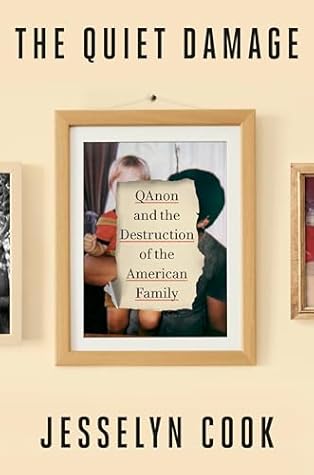More on this book
Community
Kindle Notes & Highlights
Read between
November 10 - December 19, 2024
QAnon is now a collective of Baby Boomers, young people, ruralites, urbanites, white supremacists, people of color, right-wing extremists—even progressives. For many, the allure is less about what it makes them think than how it makes them feel.
Researchers would later find a positive correlation between conspiracy theory belief and depression—most prevalent, interestingly, among the relatively privileged: white people, high-income earners, and those with college educations. Psychological stress as well as state (situation-based) and trait (personality-based) anxiety were also determined to be precursors, suggesting a circumstantial vulnerability in some cases rather than a mental disorder.
Against the backdrop of an exceptionally contentious presidential election season, Americans faced the deadliest public health catastrophe in a century, the most dire recession since the Great Depression, the worst California wildfires in recorded history, and a nationwide uprising for racial justice that exploded to the fore of the culture wars. This perfect storm of chaos did two things: It made everyday people like Alice more vulnerable—and it made disinformation peddlers like QAnon more powerful.
The timing couldn’t have been better: QAnon’s messaging hit home inside quarantined households nationwide as the already-disproportionate burden of caregiving on women dramatically increased. It also promised community, purpose, and excitement at a time when many friends and hobbies were out of reach. Not least of all, being a QAmom could be empowering, with the self-serving allure of identifying as a protector of the innocent while projecting the image of virtuous white femininity through digital activism.


